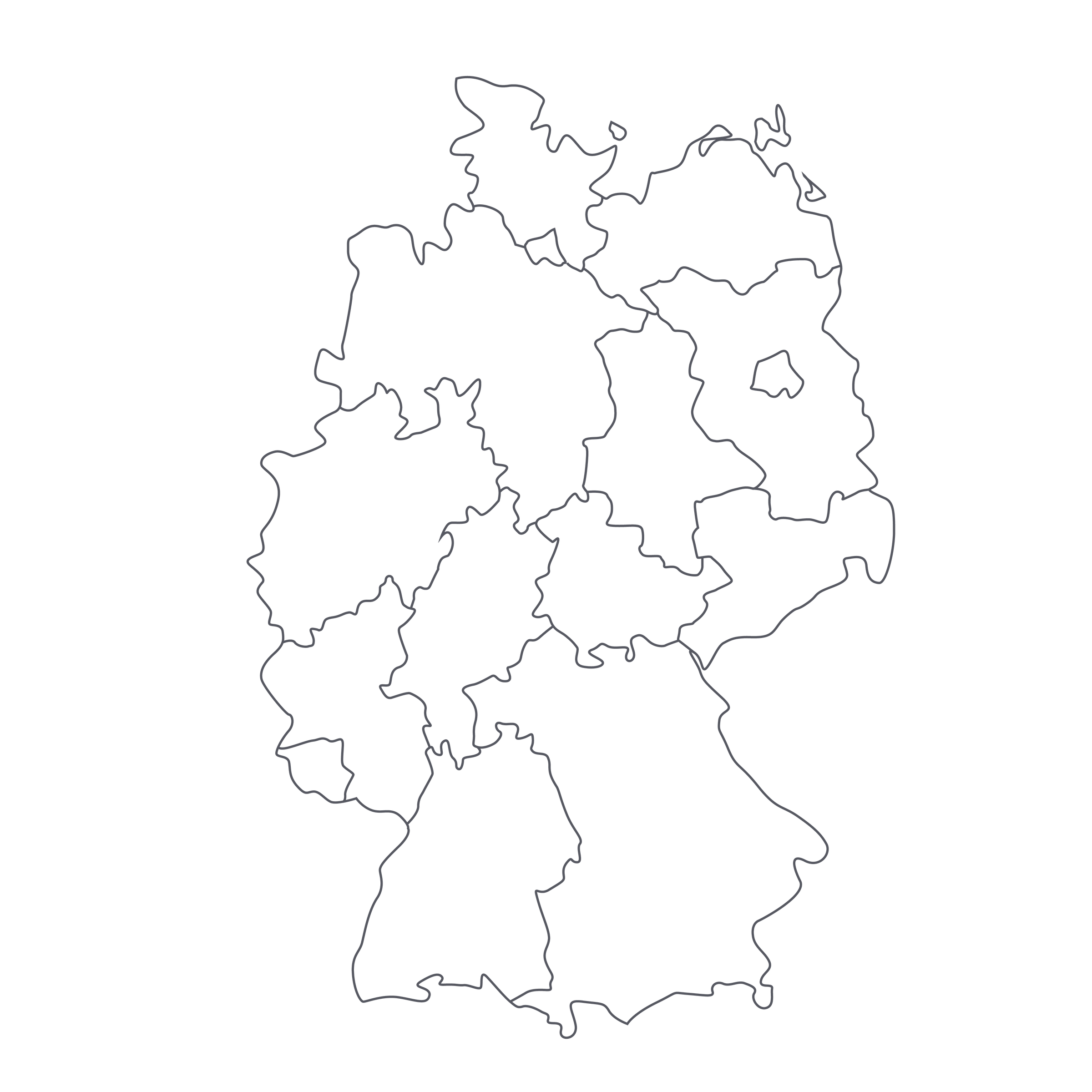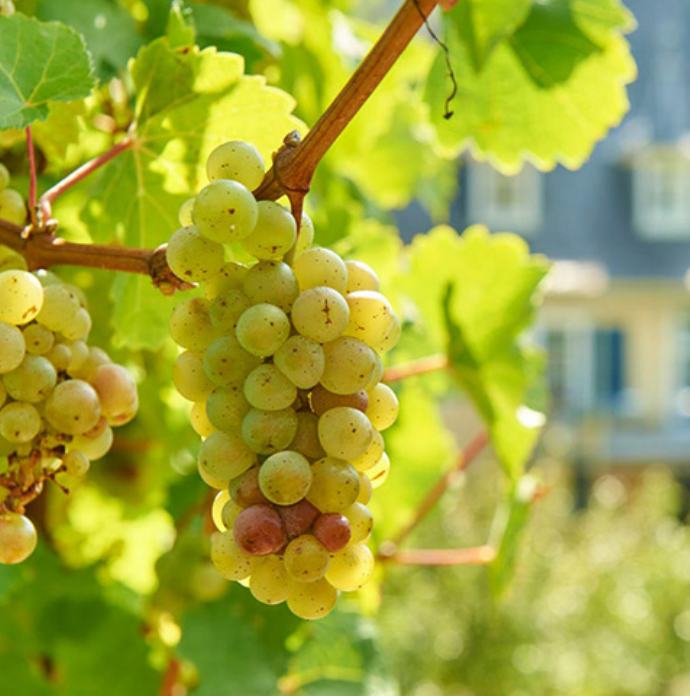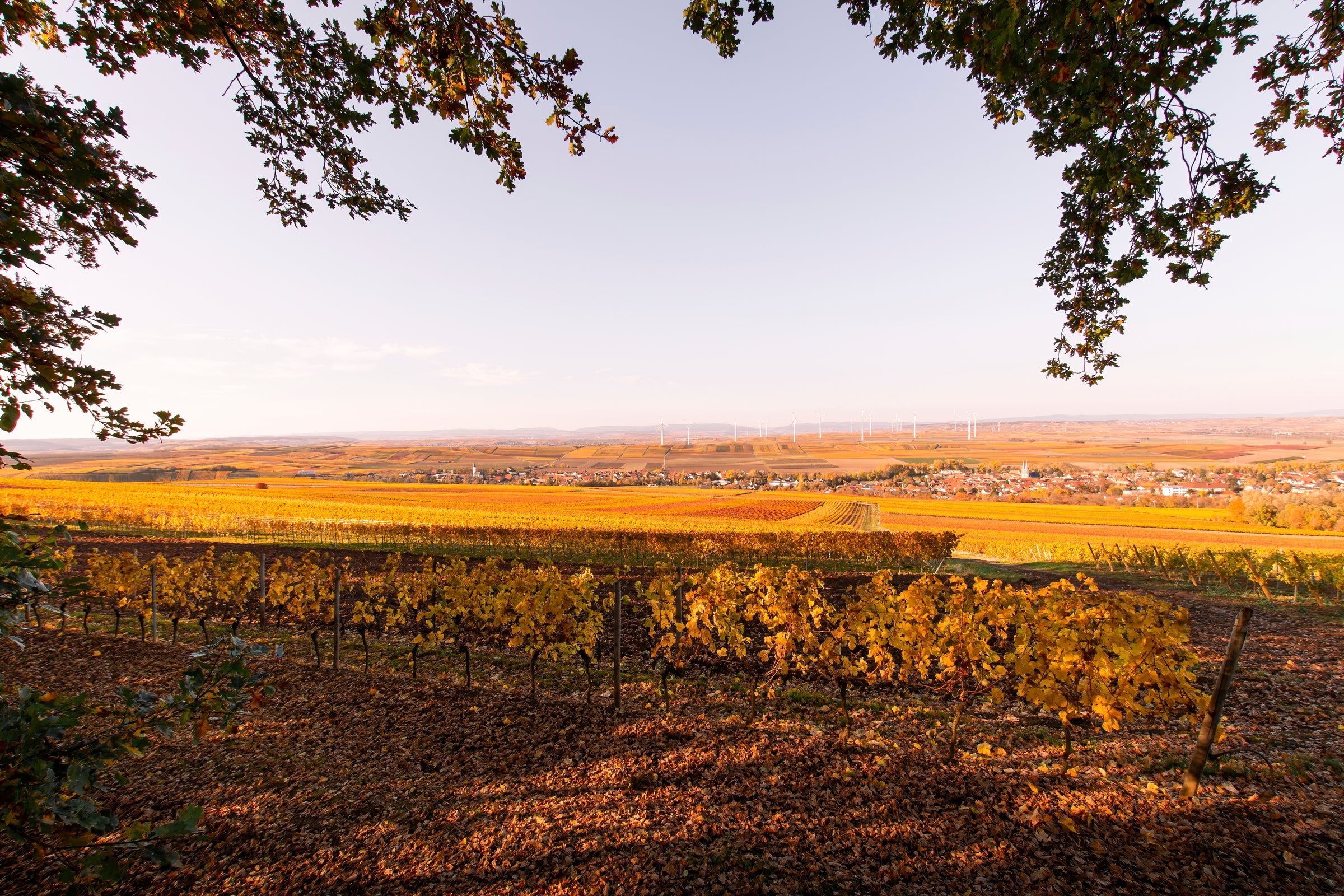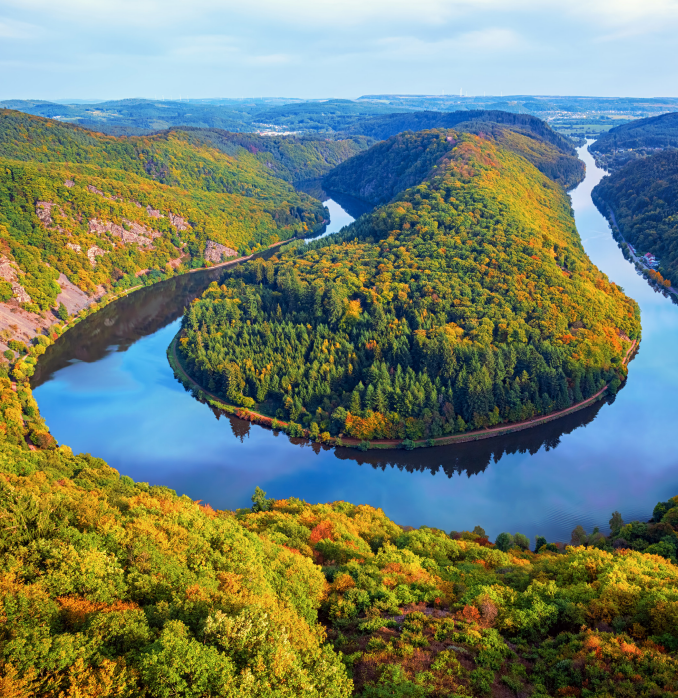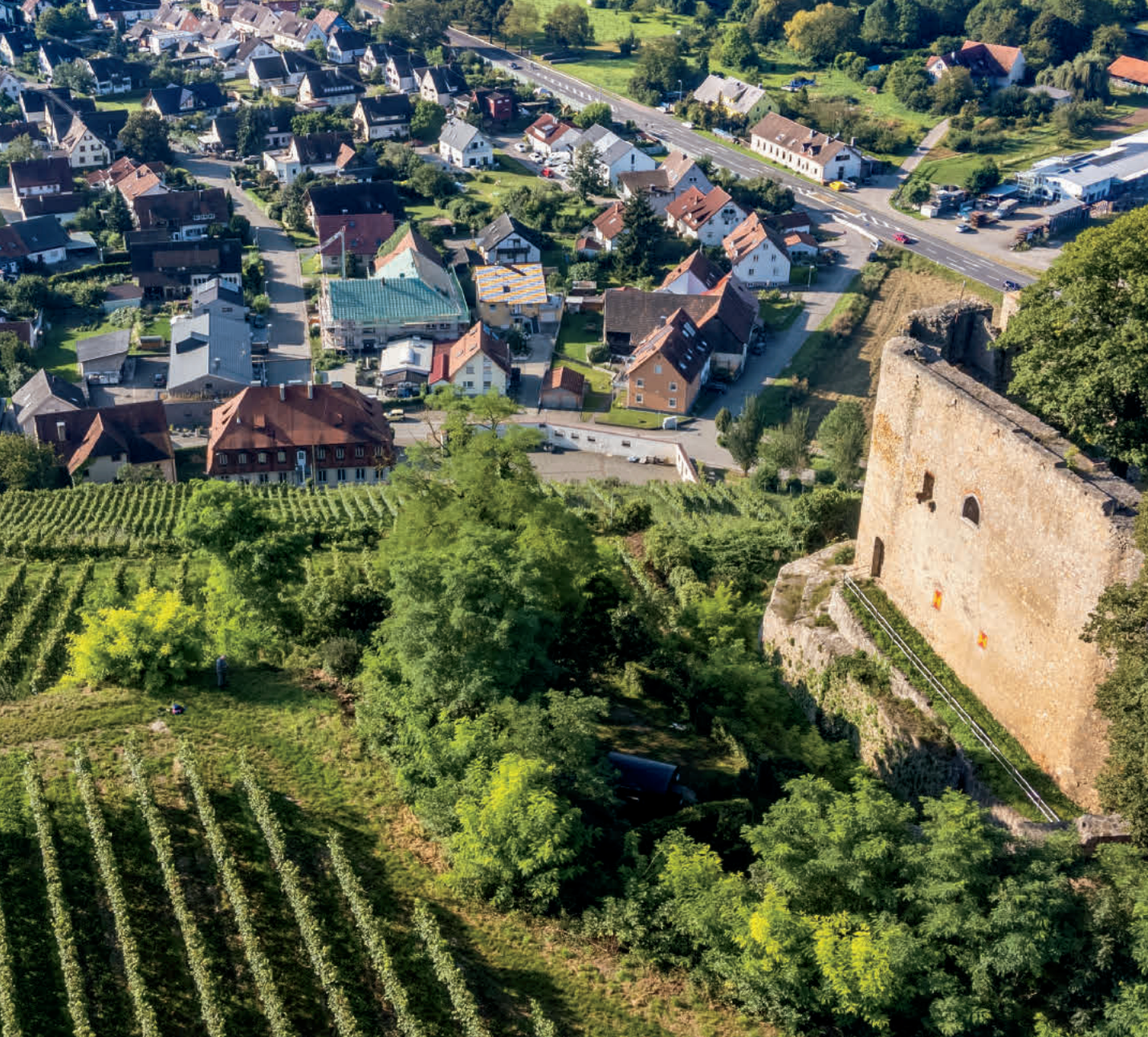Today’s wine was one of the great discoveries I made during my trip to Germany last year. As our recent offers have shown, I found quite a few stellar values—and of the hundreds of wines I tasted during that time, this one is still so vivid in my memory.
The Eser family owns impressive parcels of terroir in Germany’s Rheingau. Here, the Rhine river becomes an anomaly, changing its movement from south to north, from east to west. As a result, most of the vineyards of the Rheingau face southeast and south, hanging onto the sun’s wide reflection as it bounces off the river’s surface. The Riesling vines are like bare feet, exposed on a breezy sundeck, soaking up the rays. When you say “Rheingau,” the sound is full and round—oddly enough, that’s exactly how dry Riesling from this region expresses itself. I brought a bottle of this wine to the SommSelect holiday party, where the Riesling lineup was serious, to say the least, with Alsace Grand Cru wines and assorted German/Austrian luminaries sharing table space with this humbly priced Hattenheim Riesling Trocken from Eser. And wouldn’t you know it: This 2016, the least expensive wine on the table by a wide margin, was the one we kept coming back to. With notes of green tropical fruits and bits and crackles of ice-cold stone, this is everything I want in a dry Riesling, or in any wine, period—vibrancy, typicity, and refreshment, at a ‘by-the-case’ kind of price!
Désirée Eser is the first woman in her family to carry the weight of a vintage and cellar—the first in 10 generations, from a family tree rooted in Rheingau history dating back to 1680. It’s hard to imagine how or why these wines are almost exclusive to Germany. Their cellar is in Oestrich-Winkel, which together with Hattenheim and Erbach form the historical heart of the Rheingau growing zone. Located along the Rhine river, Oestrich-Winkel and Hattenheim are villages synonymous with some of Germany’s oldest wine estates, including Schloss Vollrads and Schloss Schönborn. Records indicate that viticulture began here in the mid-14th century (old, but a little behind the Rheinhessen and Franken, whose oldest vineyards date back to the 8th century).
While other German wine regions have great growths planted to other white wine varieties, the Rheingau, like the Mosel, is committed to Riesling. In comparison to the Mosel, the Rheingau is a less fierce slope of vineyards with a warmer aspect, giving its dry styles of Riesling a beauty in texture and roundness. The soils of Hattenheim are mixed, and this Riesling Trocken 2016 with its translucent peels of minerality is a mirror to that diversity: deep calcareous soils laced with reddish clays, grey-brown slates, and sands. Nourished by cover crops for more than two decades, these soils are thriving, without the assistance of synthetic sprays. The Eser family philosophy is “Life is too short to drink bad wine,” upheld by their selective hand-harvesting of fruit, low yields, and the delicate crushing of grapes to preserve the finest juice. We couldn’t agree more with Désirée: Life is too short to miss out on a wine offering such spectacular value.
Fermented in large wood barrels and finished in steel tanks, give this wine a quick decant before pouring it into an all-purpose stem or a Riesling glass at 50 degrees. A quick flash decant is a brushstroke, fleshing out the middle palate, seamlessly connecting the aroma to taste. In the glass, the wine has a core of pale straw with a brilliant rim of platinum and the faintest green. The nose is a fan of fruits from tart white peach to lemony apple and salty green mango. If Riesling smelled like a season, this one would be winter: scents of cold stone, ice crystals, and snowflakes. What makes this Rheingau, and not the Mosel, is the flesh on the mid-palate; the texture is almost soft and creamy and awesomely contrasts the rush of minerality and tart fruits.
This 2016 is not shy of personality right out of the bottle, but it’s always fun to forget about a bottle or two for a while and let those mysterious ‘secondary’ aromas form in the bottle. When thinking about food for this wine, my mind crisscrosses from light to heavy. It’s perfectly fine to pair this wine with something lean and crisp, but one of Riesling’s greatest qualities is its acidity, which is a sanctuary for richer foods. Medianoche is a type of Cuban sandwich that consists of roast pork, ham, Swiss cheese, and pickles. It’s a sensory overload and a Riesling dream—and if you’re going to have wine with lunch, which I wholeheartedly recommend, lower-alcohol German Riesling is the perfect choice. Like tending the vines, roasting the pork is the hardest part, but it is worth the wait. Try the attached recipe and let Riesling do the rest!


